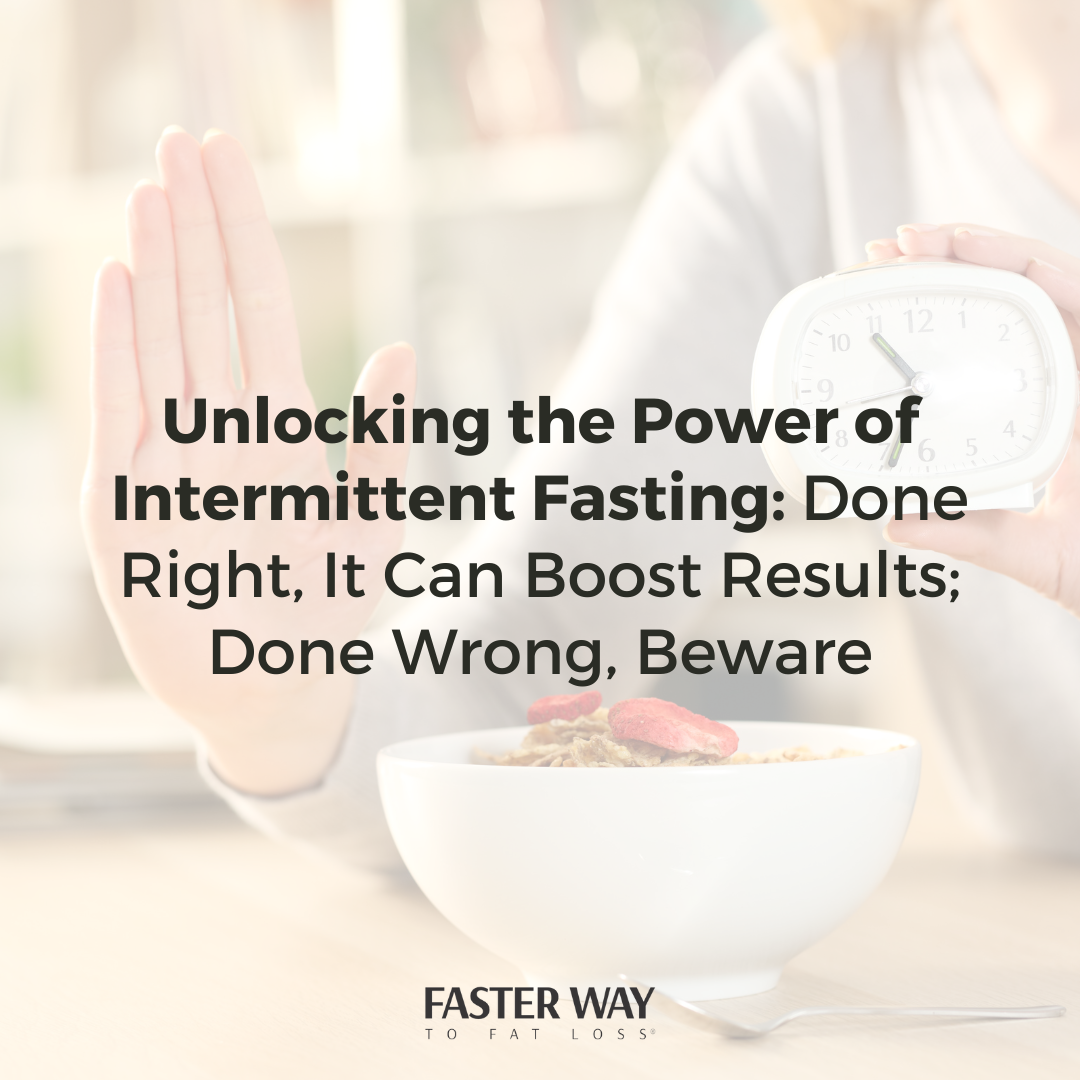Healthy eating doesn’t have to be bland or boring. In fact, there’s such an incredible variety of fruits and veggies available at the grocery store that there’s never a reason to tire of your meal plan! We’re not talking specialty health food stores that carry exotic options you’ll never actually try. We’re talking about the regular old grocery store where you normally shop!
Why does “eating the rainbow” matter to your health? Because fruits and veggies are loaded with fiber, vitamins, minerals, antioxidants, and other phytochemicals we need for good health. Color doesn’t just add visual variety to our fruits and veggies, it also represents different families of healing compounds in the fruits and veggies we eat!
According to the Centers for Disease Control and Prevention, 87 percent of Americans aren't getting enough servings of vegetables and 76 percent don't get enough fruit each day. We can turn those numbers around by following these five simple tips to get more fruits and veggies in every day!
5 TIPS TO EAT THE RAINBOW
1. Eat two servings a day from every color group.
Eating more fruits and vegetables can help reduce your risk for chronic diseases, including high blood pressure, type 2 diabetes, heart disease, obesity, and cancer.
2. Add some veggies to your break-fast meal.
If you tend to break your fast with overnight oats or fruit, try a veggie-loaded omelet or a smoothie bowl with plenty of greens. You can even have last night’s leftover veggies as part of your first meal of the day!
3. Use veggies in creative ways.
Try a lettuce wrap instead of a tortilla or veggie noodles instead of pasta. There are lots of creatively delicious ways to up your veggie intake while still enjoying your favorite meals!
4. Sip them.
Soup is a simple way to load up on veggies without overdoing it on your macro goals! It’s also a handy way to clean out the fridge so your veggies (and hard-earned money) don’t go to waste. Sneaking in some veggies is also a great way to amp up the nutritional power of your smoothies!
5. Snack on veggies!
Use veggie sticks or homemade veggie chips for dipping in guac, hummus, or clean ranch dressing.
What can all the colors of the rainbow do for you?
RED
Red fruits and veggies contain lycopene and ellagic acid, which help the body get rid of gene-damaging free radicals and reduce the risk of diabetes and heart disease.
Red options include: tomatoes, watermelon, pink grapefruit, raspberries, strawberries, cranberries, rhubarb, red apples, red grapes, red pears, cherries, pomegranates, red peppers, radishes, red onion, red potato, beets, blood oranges
Fun fact: watermelon is higher in lycopene than tomatoes!
ORANGE/YELLOW
Orange and yellow fruits and veggies contain alpha carotene (which protects against cancer) and beta cryptothanxin (which helps cell communication). These foods also contain beta-carotene, which the body converts to vitamin A. They are also rich in vitamin C.
Orange/Yellow options include: carrots, mangos, apricots, cantaloupe, pumpkin, acorn squash, winter squash, sweet potatoes, oranges, tangerines, peaches, papayas, nectarines, pumpkin, sweet corn, yellow summer squash, yellow and orange peppers, citrus fruits, pineapple, star fruit, yellow apples, yellow figs, golden kiwifruit, lemons, yellow pears, persimmons, yellow watermelon, golden beets, yellow tomatoes
GREEN
Some of the healthiest foods on the planet are green! Green fruits and veggies contain the carotenoids lutein and zeaxanthin, believed to reduce the risk of cataracts and macular degeneration. They also contain isothiocyanates, isoflavones, and vitamin K. Leafy green vegetables are loaded with antioxidants and folates (a nutrient that’s especially valuable for pregnant women).
Green options include: spinach, arugula, collard greens, mustard greens, turnip greens, swiss chard, peas, avocado, honeydew melon, broccoli, Brussels sprouts, cabbage, bok choy, kale, lettuce, zucchini, asparagus, edamame, green beans, kiwi, green grapes, green apples, cucumber, lime, green pears, artichokes, celery
Fun fact: kale has as much calcium as milk!
BLUE/PURPLE
Blue and purple fruits and veggies contain powerful antioxidants called anthocyanins believed to protect against heart disease, cancer, and stroke.
Blue/purple options include: grapes, prunes, blueberries, blackberries, boysenberries, elderberries, aronia berries, black currants, purple figs, raisins, purple grapes, plums, dark cherries, eggplant, purple cabbage, purple carrots, purples asparagus, purple Belgian endive, purple peppers, purple potatoes, black salsify
WHITE/BROWN
These fruits and veggies contain various compounds such as sulforaphane, allicin, and quercetin that help reduce the risk of cancer and have anti-inflammatory properties.
White options include: cauliflower, garlic, shallots and onions, leeks, parsnips, bananas (considered white), lychees, white peaches, and white nectarine
Brown options include: potatoes, brown lentils, mushrooms, Jerusalem artichoke, dates, and Bosc pears
To learn how to eat the rainbow with tips, tricks, and tasty recipes, join us for the FASTer Way VIP membership in August! We’ll boost our immune systems, flood our bodies with micronutrients, and slim down with delicious salads! You’ll even receive a special guide to help you incorporate more of the “rainbow” into your daily diet.
It’s not about eating less, it’s about eating MORE of what matters! Join us to learn how it can help you burn fat, get your energy back, and feel amazing every single day.
ITEMS YOU MIGHT LIKE:
FASTer Way Girls Tank
FASTer Way High Waist Leggings














